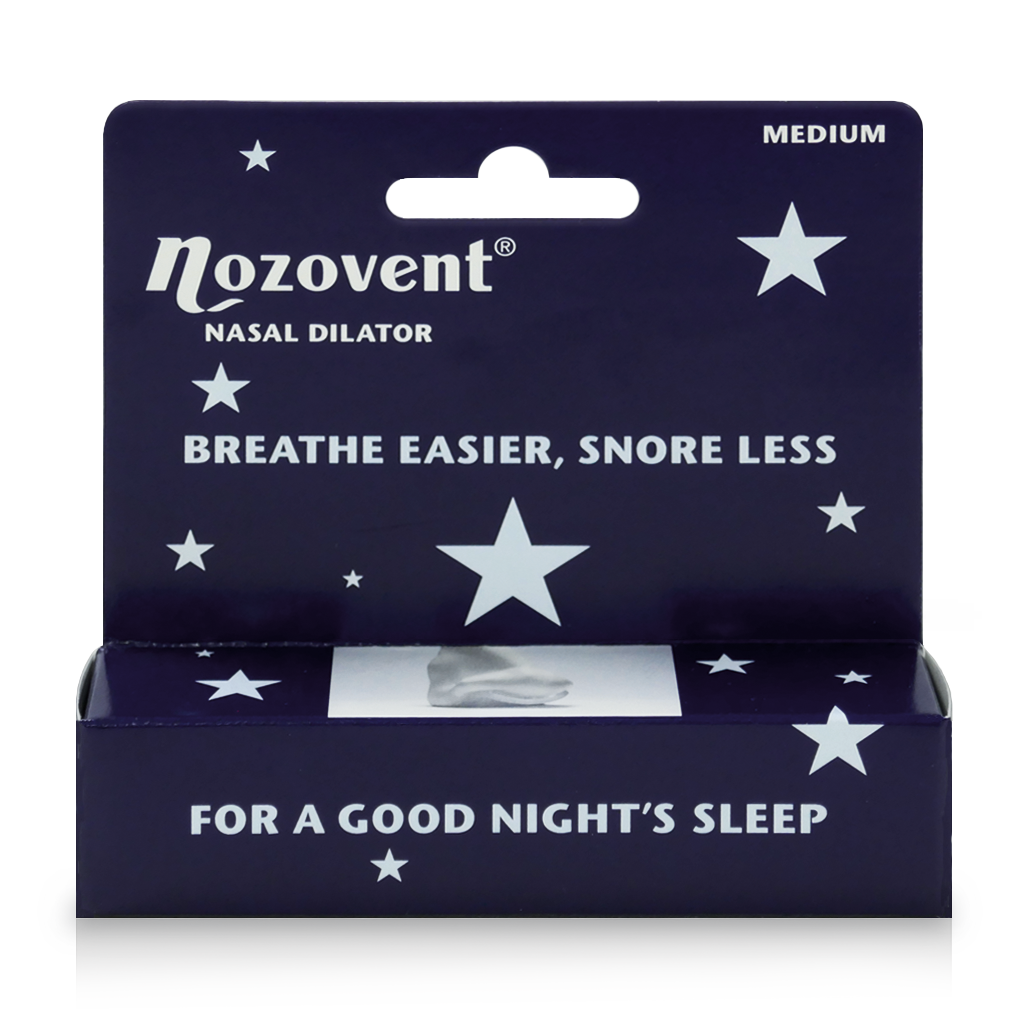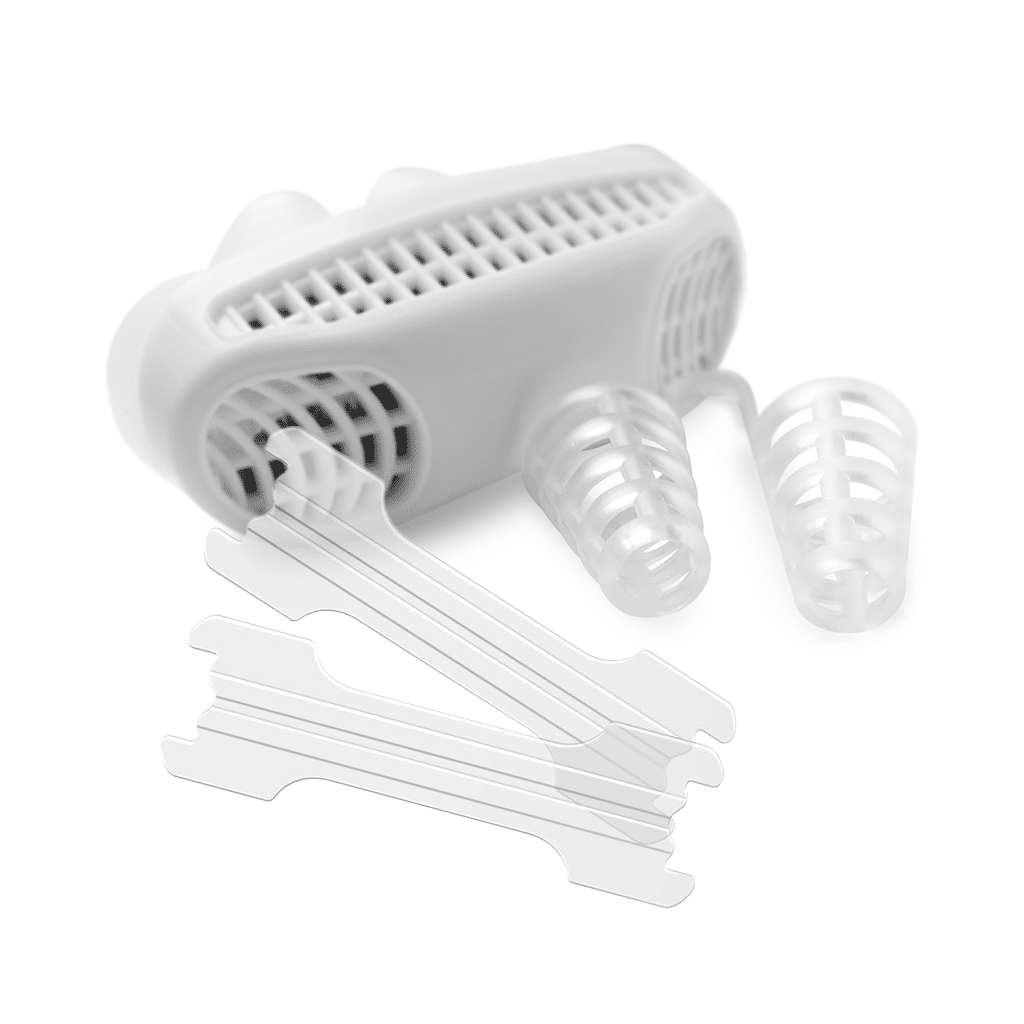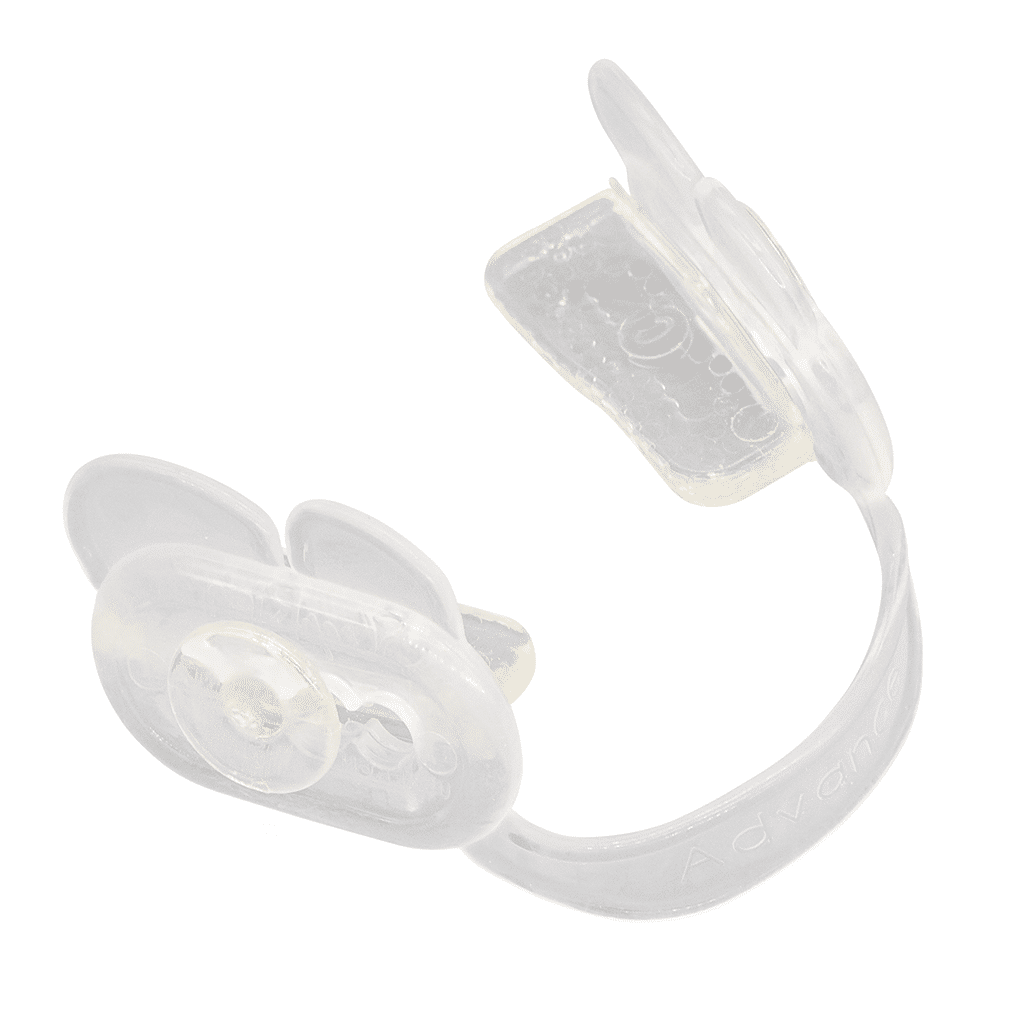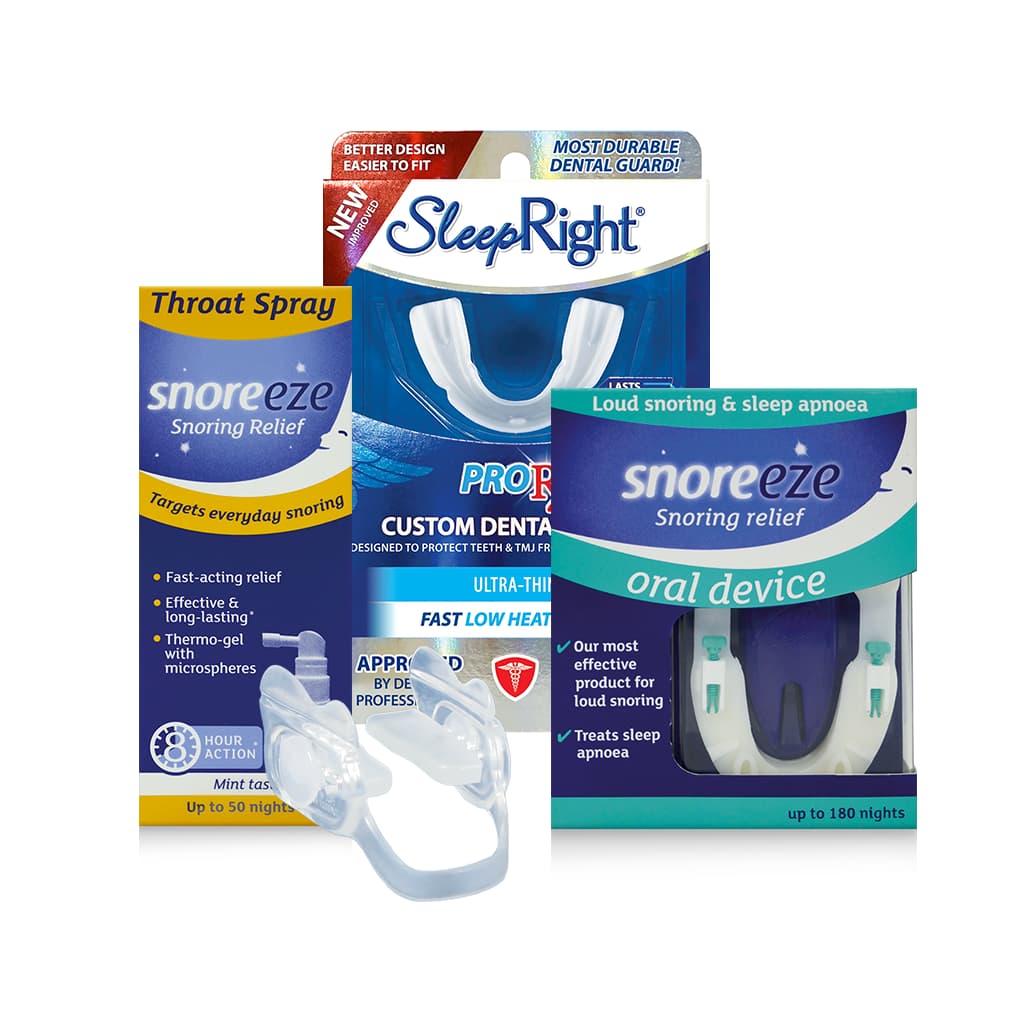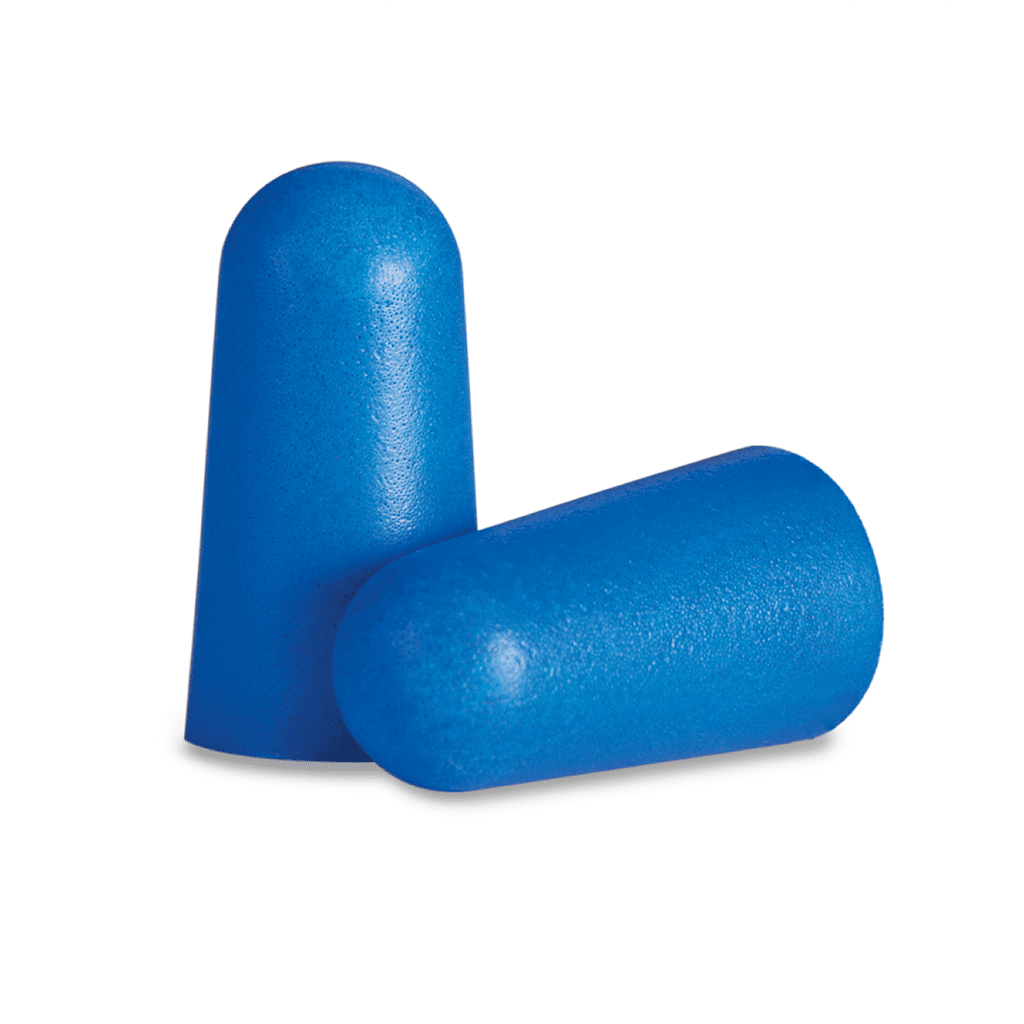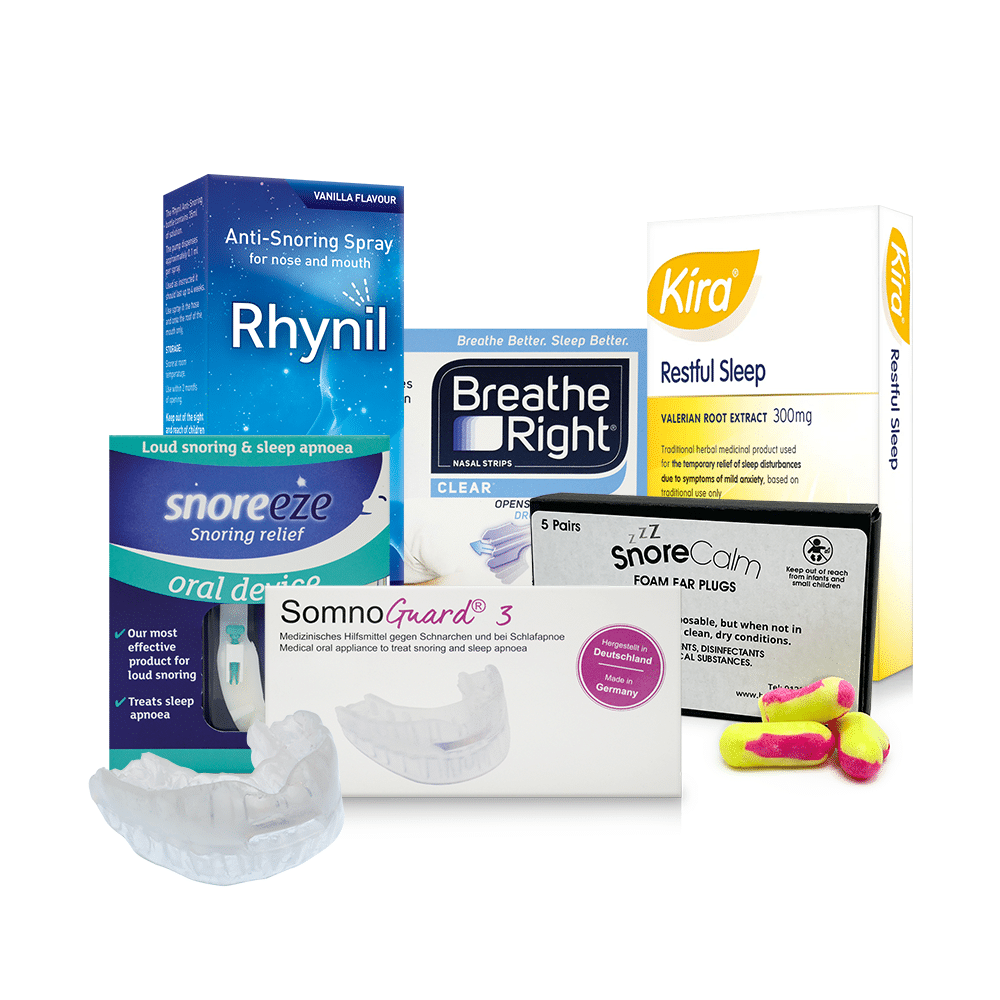BSSAA is the UK’s leading authority on snoring & sleep apnoea since 1991 Black Friday: 15% off everything! Use code BFSNORELESS15
So, what is snoring?
Snoring is the sound caused by vibrations of the soft palate and other tissues in the mouth, nose, and throat (upper airway). It occurs when airflow is disrupted due to a partial blockage, which can happen anywhere from the tip of the nose to the vocal cords. Snoring may stem from the nose, oropharynx, or the base of the tongue.
Why do we only snore
when sleeping?
During sleep, the muscles in the throat relax, causing the airway to become narrower. When we sleep, our muscles aren’t as firm, which makes it easier for the surrounding tissues to vibrate and produce snoring sounds. When we’re awake, our muscles stay more active and help keep the airway open, preventing these vibrations.
-
Causes of snoring
Both medical conditions and lifestyle factors can contribute to snoring. Many causes can be managed with simple lifestyle changes, while others may need a more in-depth solution.
-
Type of snorer
Your snoring type is determined by where it originates. The four main types are tongue, nose, mouth, or multifactorial. Identifying your type helps you choose the right solution for your snoring.
-
Snore-No-More
Try our 90-day Snore-No-More Plan or take our in-depth interactive snoring test to identify the cause of your snoring and get personalised recommendations for the most suitable snoring solution.
Not sure what's causing your snoring or which solution is right for you?
At BSSAA, we have a variety of tests designed to help you understand the causes of your snoring. We guide you through the self-diagnosis process and provide recommendations for effective treatment options to help you sleep better.
More to explore
Shop by category
Our range of anti-snoring and sleep apnoea products includes everything from nasal dilators and breathing strips to mandibular advancement devices and smart tech. Whatever your symptoms, there’s a solution for you.
Visit our Resource Hub for more information on all things snoring and sleep apnoea
Filled with articles, guides, and videos, this hub offers the latest findings, product reviews, and essential information on snoring and sleep apnoea, including symptoms and treatments.
Our bestselling anti-snoring products
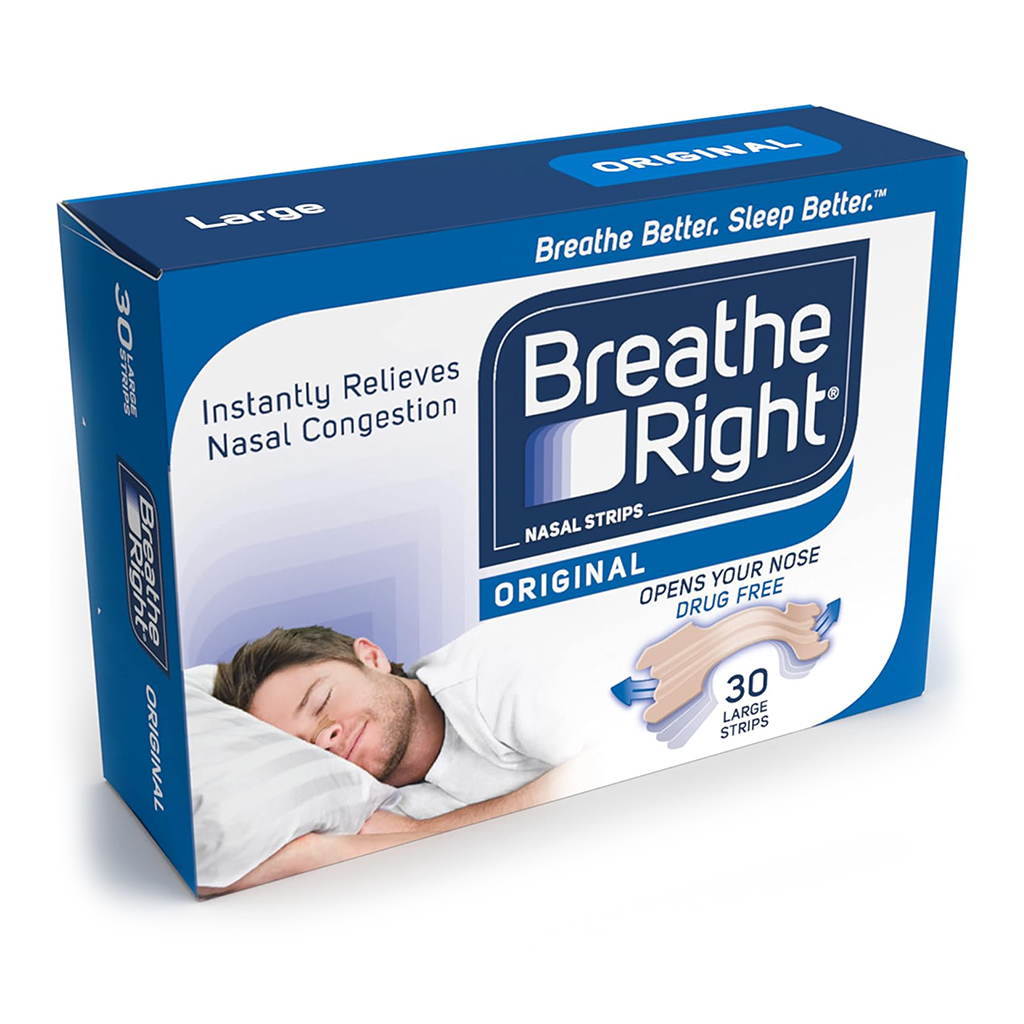
Breathe Right® Nasal Strips Original
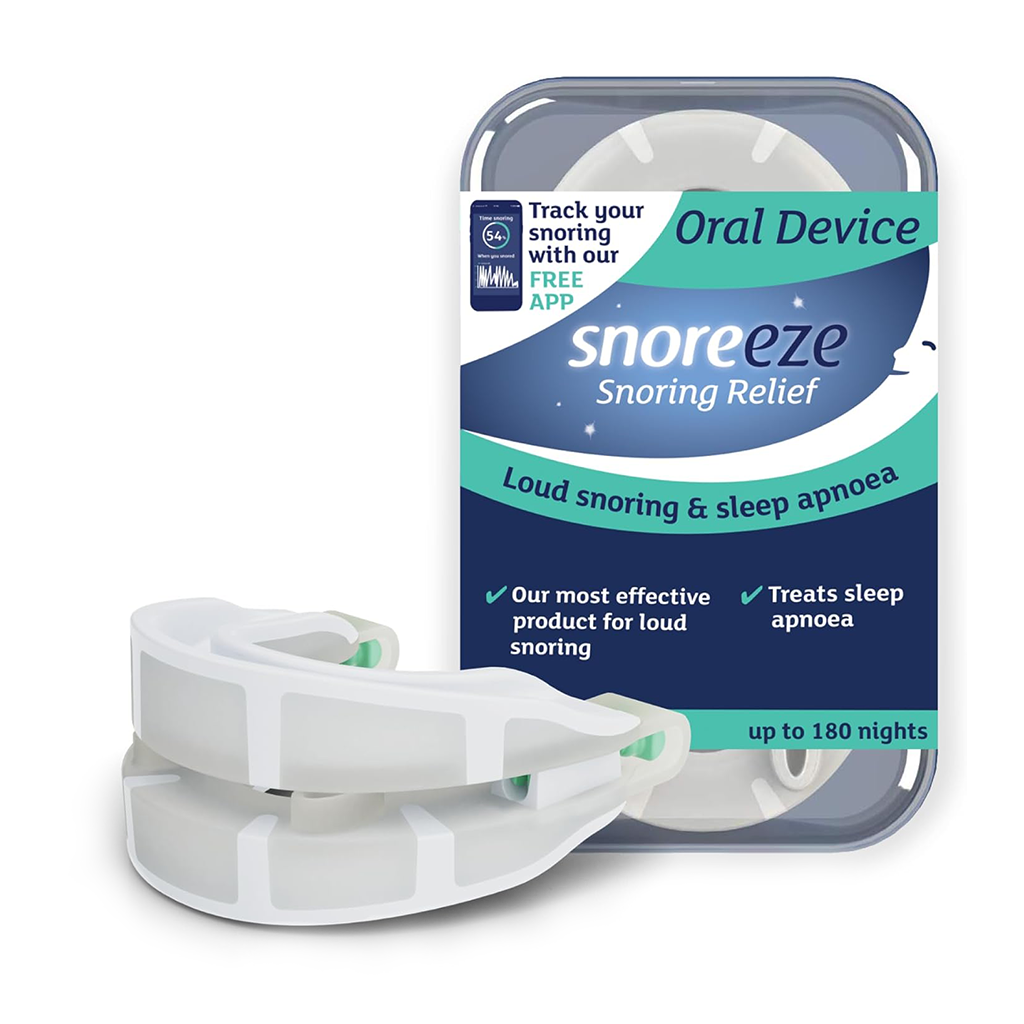
Snoreeze Oral Device
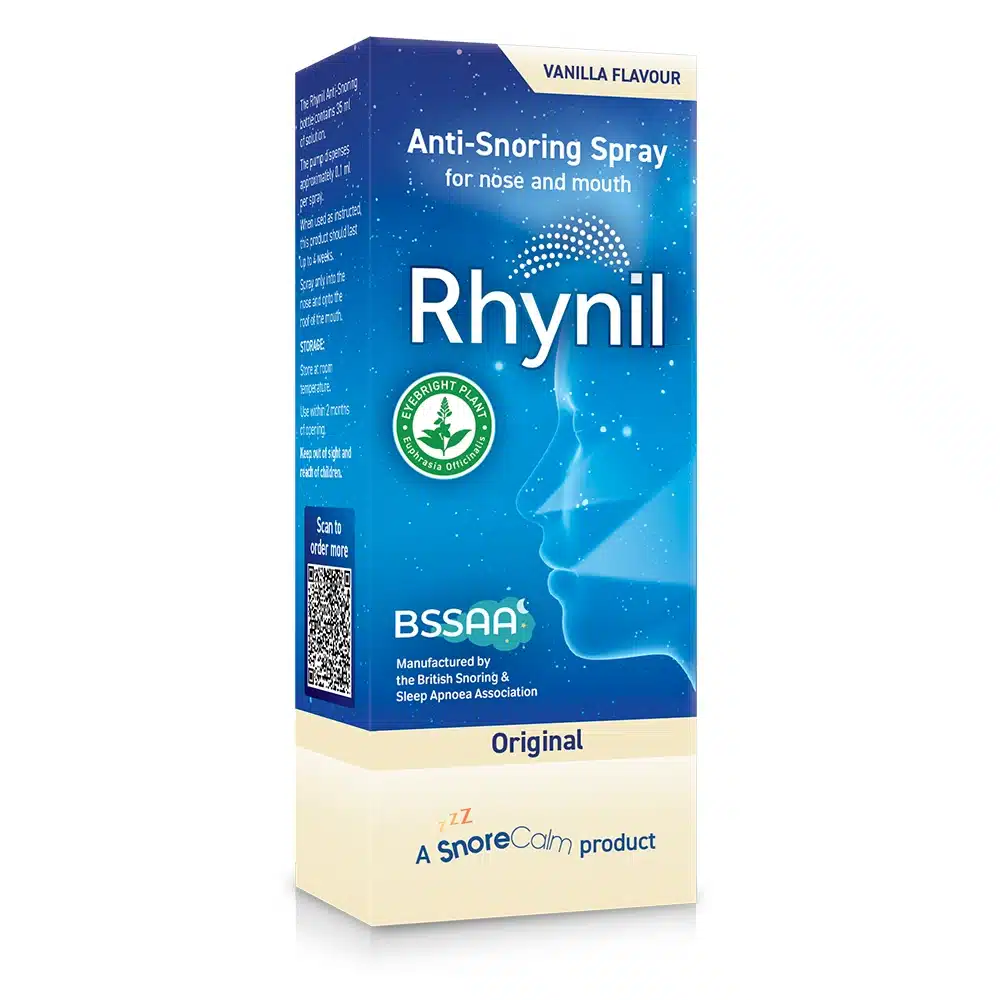
Rhynil Anti-Snoring Spray for Nose & Mouth
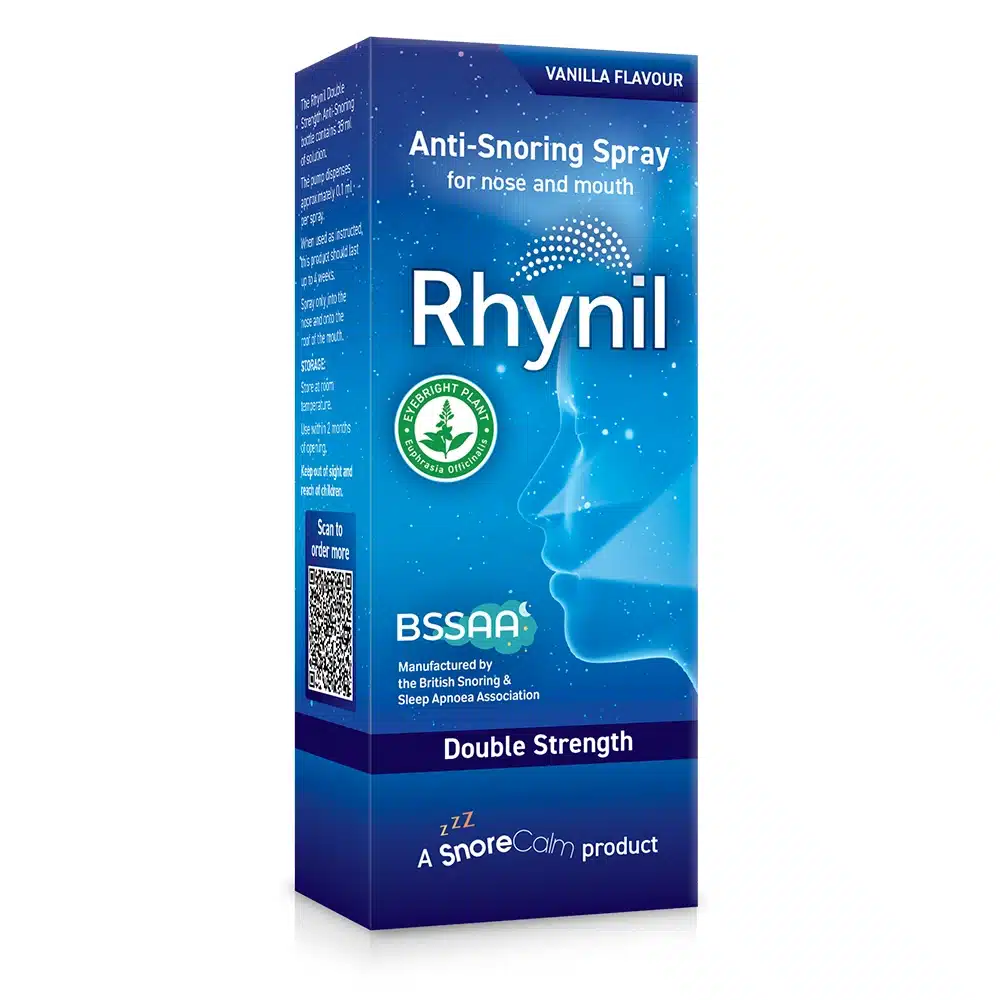
Rhynil Double Strength Anti-Snoring Spray for Nose & Mouth

Tomed SomnoGuard® 3
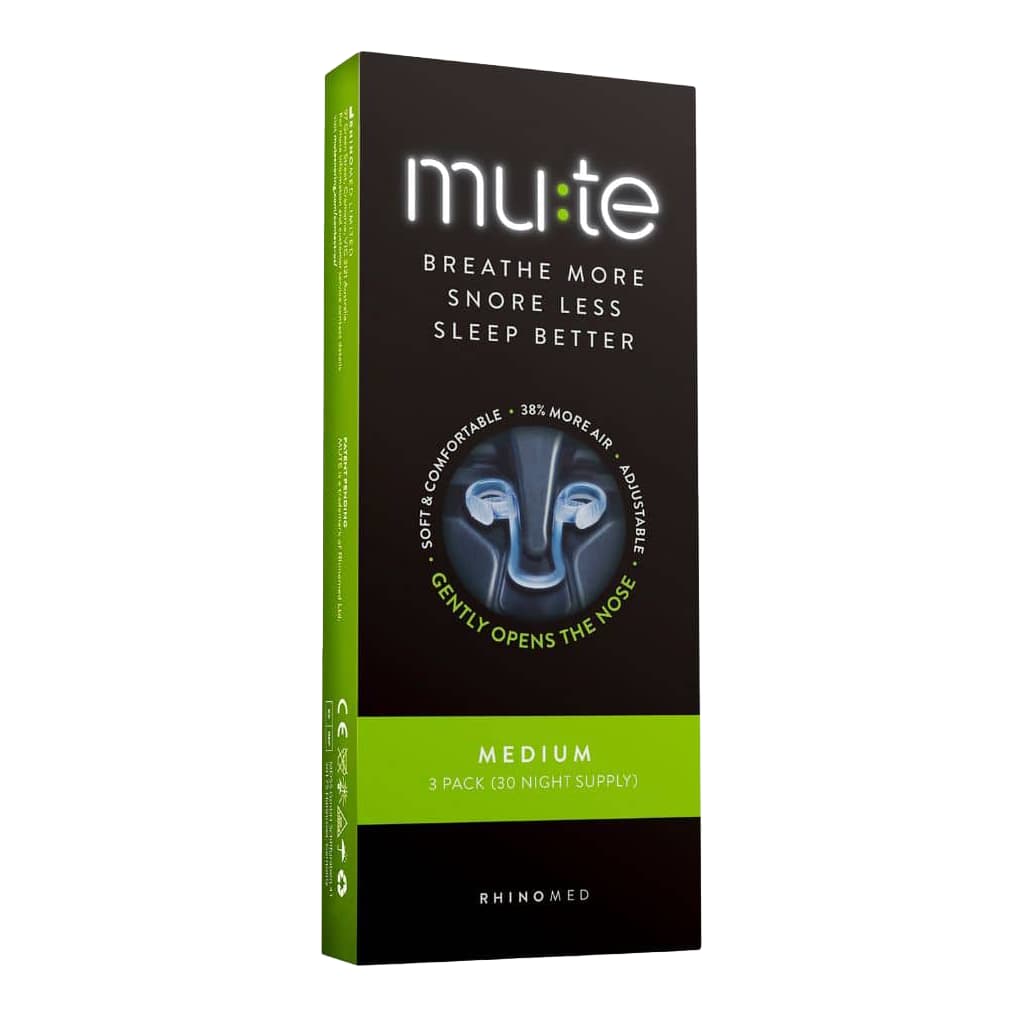
Rhinomed Mute Nasal Dilator | Medium
